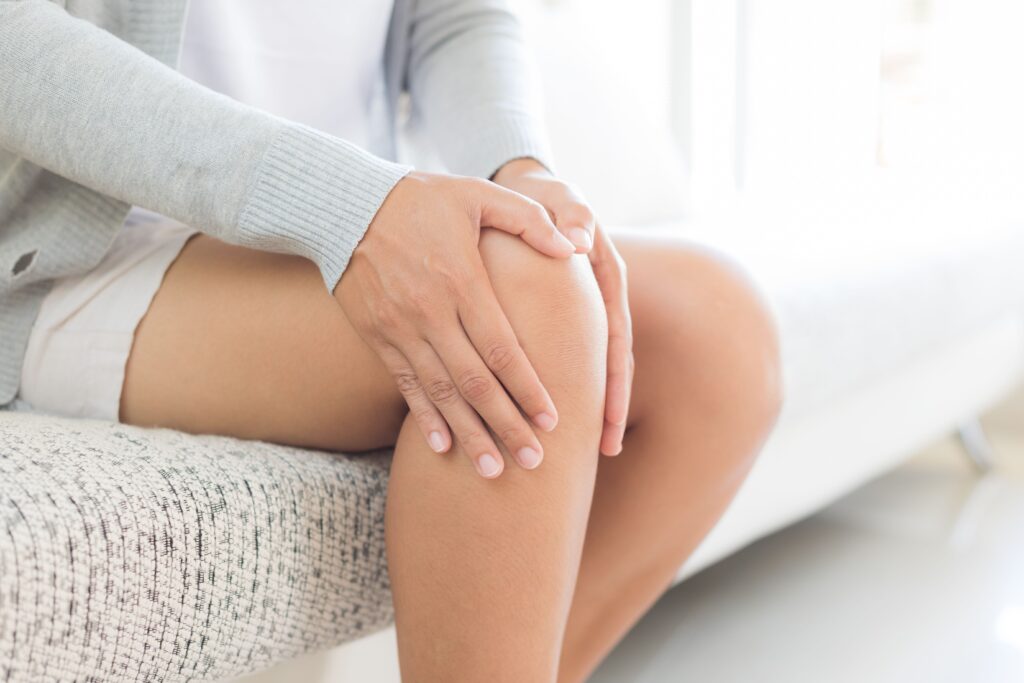By Michael Cunningham, PA-C, orthopedics and sports medicine, The Portland Clinic

Summer is a busy season for Portland athletes and weekend warriors, and for the sports medicine specialists who treat their painful knees. At The Portland Clinic, one of the most common knee injuries we see is a torn meniscus.
The meniscus is a C-shaped piece of cartilage between the upper and lower leg. Each knee has an inner and outer meniscus, like a pair of parentheses. Together, they absorb shock, distribute force and support the knee during activity. They can take a lot of punishment, but they’re also prone to tearing.
In young athletes, meniscus tears happen suddenly and traumatically, often during sports like basketball, soccer, gymnastics, football or skiing, which require a lot of pivoting and knee flexion. Athletes often report a pop and sharp pain at the joint line. The next couple of days bring swelling, stiffness, and mechanical symptoms such as catching, popping and locking.
In older people, meniscus tears are more often degenerative, resulting from years of use. As the meniscus loses elasticity with age, it becomes more susceptible to tearing, especially when kneeling or squatting. In a degenerative tear, the pain is more generalized, with fewer mechanical symptoms.
Treating a torn meniscus
Anyone with sudden, acute knee pain and swelling should immediately start RICE: rest, ice, compression and elevation. Over-the-counter pain relievers also can help. Do not play through acute pain or disability.
Young athletes whose symptoms last more than 48 hours should be evaluated. Early surgery for traumatic tears can make a big difference for athletes in their teens and 20s (non-operative treatment jeopardizes short- and long-term function). Meniscus repair, followed by several weeks of bracing and crutches, is the favored approach. If the meniscus can’t be repaired, then the torn part will be removed, which allows for weight-bearing immediately. In either case, post-operative physical therapy helps to restore function. While full recovery can take three months or more, most athletes are able to return to their sports.
In older people, tears are usually less amenable to surgery, and more likely to shed torn fibers on their own with activity. That’s why we recommend starting with conservative treatment for degenerative tears. Physical therapy helps to restore motion, reduce swelling and strengthen supporting muscles. Steroid injections are also an option for temporary pain relief, but they don’t heal the tear. If pain lasts more than three months, the next step may be arthroscopic surgery to repair or remove the torn part of the meniscus. After this procedure, people can usually bear weight immediately, move the knee well and return to full activity in about four to six weeks.
Visit our Meniscus Tear library for exercises, surgery details and more. Michael Cunningham sees patients in our Tigard clinic.


